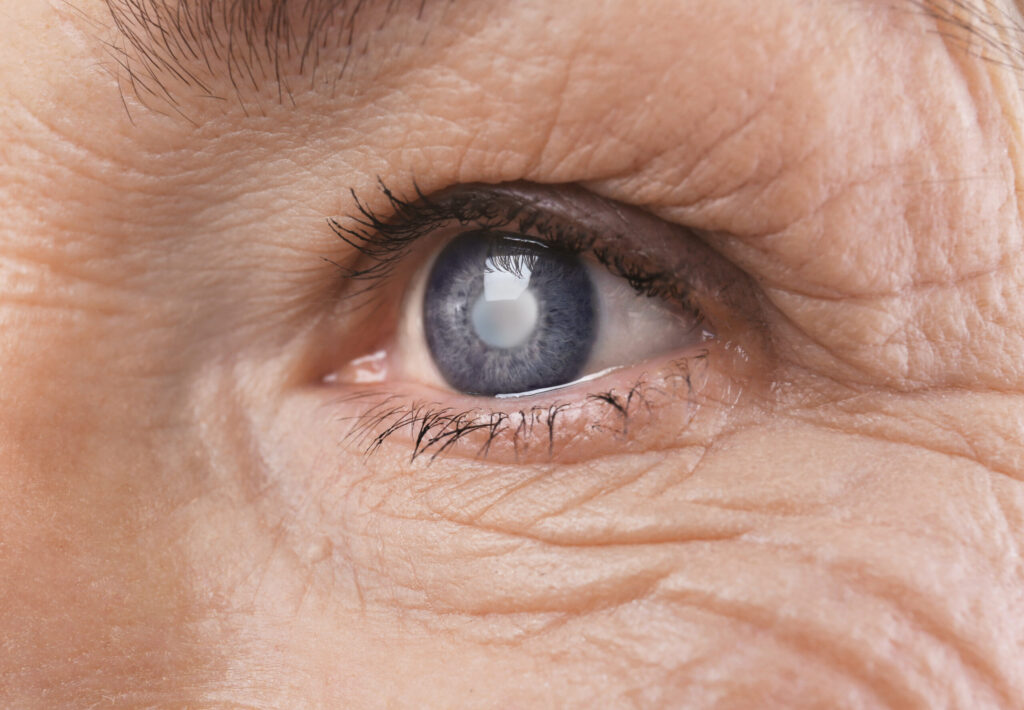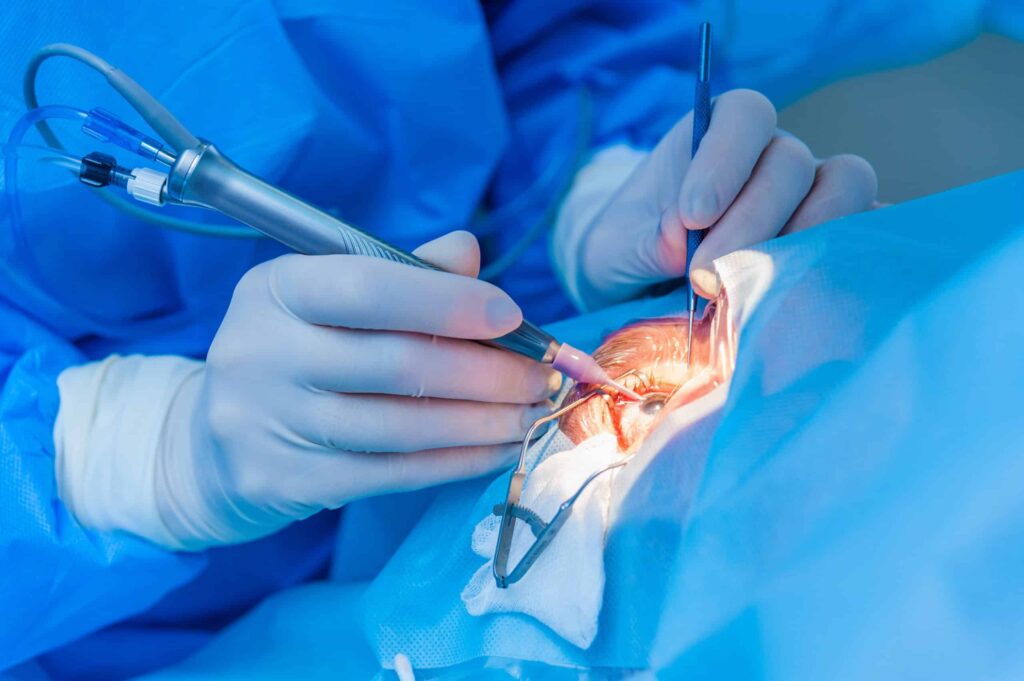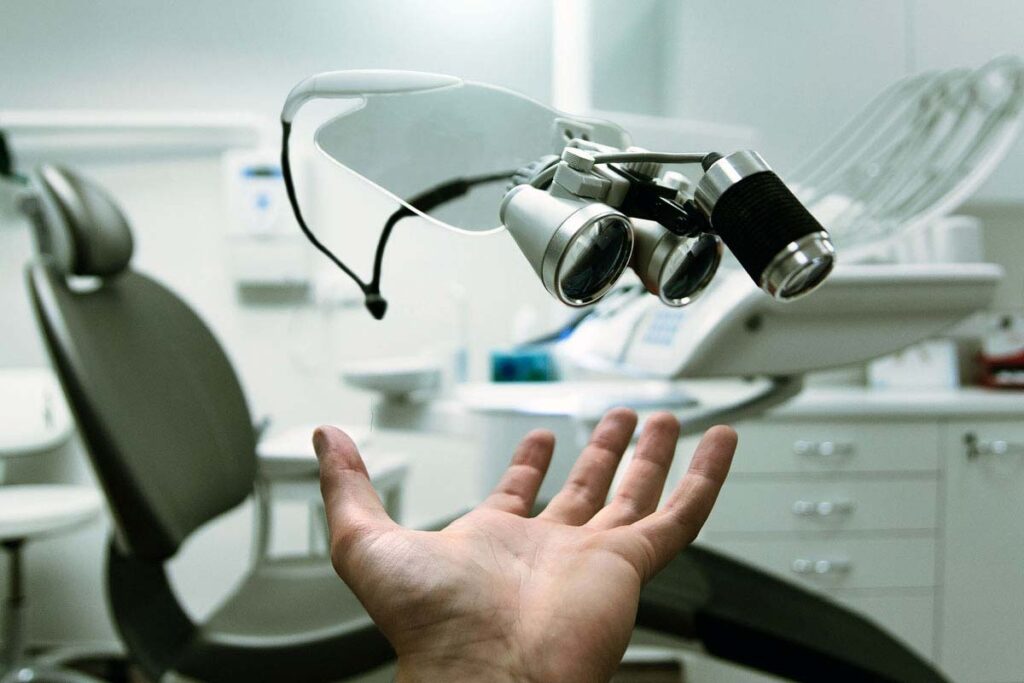Cataract surgery is a common procedure that focuses on restoring vision in individuals who have developed cataracts, a condition characterized by clouding of the lens in the eye. Residents of Sydney, like many others, often find themselves concerned about the costs associated with this surgery, particularly in terms of preparation and recovery, as well as the surgery itself. In this article, we will delve into the costs of cataract surgery in Sydney, while also providing insights into the procedure and factors that influence its pricing.
Understanding Cataract Surgery
Cataract surgery is typically performed to remove the cloudy lens from the eye and, in most cases, replace it with an artificial lens known as an intraocular lens (IOL). This highly effective surgical intervention aims to restore clear vision, enabling individuals to resume their daily activities without glasses or contacts. The procedure is generally quick, taking around 30 minutes, and can often be performed on an outpatient basis. With advancements in technology, many patients experience minimal discomfort and a rapid recovery, making this surgery one of the most commonly performed procedures worldwide.
In conclusion, while the cataract surgery cost Sydney can be significant, understanding the factors that influence these costs may help patients make informed decisions. Moreover, with advances in medical technology, the success rate for cataract surgery continues to improve, making it a worthwhile investment in one’s quality of life.
Before diving into the costs, it’s important to understand the various types of cataracts. Cataracts can form in one or both eyes, and they may develop slowly or rapidly based on several factors including age, genetics, and lifestyle choices. Patients considering surgery should consult with an ophthalmologist to determine the severity of their condition and whether surgical intervention is necessary. Additionally, understanding the symptoms of cataracts, such as blurred vision, difficulty with night vision, and sensitivity to light, can help individuals recognize when it may be time to seek medical advice.
Types of Cataract Surgery
There are generally two primary types of cataract surgery: phacoemulsification and extracapsular cataract extraction. Phacoemulsification is the more common technique where the surgeon makes a small incision in the eye and uses ultrasound waves to break up the cloudy lens into tiny fragments for removal. Extracapsular extraction involves a larger incision and is usually reserved for advanced cataracts. Surgeons may also discuss the option of laser-assisted cataract surgery, which utilizes laser technology for greater precision and can enhance the safety and efficiency of the procedure.
The choice of surgery type can influence costs as well, with phacoemulsification being more commonly performed and typically less costly due to the advancements in surgical techniques and technology. Furthermore, the type of intraocular lens chosen can also affect the overall expense. Patients may opt for standard monofocal lenses, which provide clear vision at one distance, or premium lenses that can correct astigmatism or provide multifocal vision, allowing for clear sight at various distances without glasses.

Recovery and Aftercare
Post-surgery care is crucial for ensuring the best outcomes. While most patients can return to normal activities within a day or so, it’s essential to follow the surgeon’s guidelines for aftercare. This may include using prescribed eye drops, avoiding strenuous activities, and attending follow-up appointments for monitoring healing. Patients are also advised to wear protective eyewear, especially in bright sunlight, to shield their healing eyes from unnecessary strain. Read more about strenuous on https://pubmed.ncbi.nlm.nih.gov/39623199/
Recovery times can vary depending on several factors, including the type of surgery performed and the individual’s overall health. Proper adherence to aftercare can help minimize complications, thereby facilitating a smoother and more cost-effective recovery process. It’s also beneficial for patients to engage in gentle activities, such as light walking, to promote circulation and healing, while avoiding any activities that could risk injury to the eye. Regular communication with the healthcare provider during recovery can help address any concerns and ensure that the healing process is on track, ultimately leading to a successful restoration of vision.
Factors Influencing the Cost of Cataract Surgery
The cost of cataract surgery in Sydney can vary widely based on several factors. Understanding these factors can help patients make informed decisions and plan their finances accordingly. Below are the main elements that affect the overall cost.
Type of Facility
The location and type of surgical facility—whether a public hospital, private hospital, or day procedure center—can significantly impact the cost. Public hospitals may offer subsidized procedures through Medicare for eligible patients, resulting in lower out-of-pocket expenses. On the other hand, private facilities may provide quicker access and more personalized service, often leading to higher charges. Additionally, private centers often have more advanced technology and amenities, which can enhance the overall patient experience, but this comes at a premium. Patients should weigh the benefits of convenience and comfort against the potential financial burden.
Surgeon’s Fees
Surgeon’s fees can also vary. Experienced ophthalmologists with advanced qualifications may charge more for their expertise. It’s advisable to shop around and consult multiple specialists to find one who fits your budget while also providing quality care. Furthermore, some surgeons may offer different pricing structures based on the complexity of the case or the type of lens used during the procedure. Patients should inquire about what is included in the surgeon’s fee, such as pre-operative assessments and post-operative follow-ups, to avoid unexpected costs later on. Understanding the full scope of services can help ensure that patients are making a well-informed choice. Click here to find more about complexity.
Type of Lens Used
The choice of intraocular lens (IOL) can also influence the total cost of cataract surgery. Standard monofocal lenses, which correct vision at one distance, are typically covered by Medicare, making them the most economical option. However, patients may opt for premium lenses, such as multifocal or toric lenses, which can provide better vision correction for both near and far distances or address astigmatism. These advanced lenses often come with a higher price tag, and patients should consider their lifestyle needs and vision goals when deciding. It’s essential to discuss the potential benefits and additional costs of these lenses with the surgeon to ensure that the investment aligns with their long-term vision health.

Average Costs of Cataract Surgery in Sydney
As of now, the average costs for cataract surgery in Sydney vary between different clinics and hospitals. On average, patients may expect to pay anywhere from AUD 3,000 to AUD 6,000 per eye for private surgery. This cost generally includes pre-operative assessments, the procedure itself, and follow-up care. The variation in pricing can often be attributed to factors such as the type of lens used, the surgeon’s experience, and the facility’s reputation. Some clinics may offer advanced technology options, such as laser-assisted cataract surgery, which can increase the overall cost but may also enhance the precision and outcomes of the procedure.
Insurance and Medicare Coverage
If you hold private health insurance, you might have some coverage for cataract surgery. Many health funds include cataract surgery in their policies, which may reduce your out-of-pocket costs significantly. Additionally, Medicare may cover some expenses if performed in a public setting, making it a viable option for eligible individuals. It’s vital to check with your respective insurance provider for specifics regarding your coverage. Understanding the nuances of your policy can help you navigate the financial aspects of surgery more effectively, potentially allowing you to access additional benefits like rehabilitation services or vision aids post-surgery.
Additional Expenses
Besides the direct costs of the surgery, patients should also consider potential additional expenses. This may include costs for pre-operative tests and consultations, post-operative medications like eye drops, and regular follow-up exams to ensure the eye is healing correctly. Furthermore, some patients might require vision correction aids, such as glasses or contact lenses, after the surgery, which can add to the overall financial commitment. It’s also worth noting that patients may need to arrange for transportation and assistance during their recovery period, especially in the initial days following the surgery when vision may be temporarily impaired.
Conclusion
Consulting with healthcare professionals about the details of the surgery and potential costs, insurance coverage, and the best options available in Sydney is a prudent step. With the right information at hand, individuals can look forward to clearer vision and improved quality of life post-surgery.
Other resources: Cataract Surgery Cost How to Save Money on the Procedure

